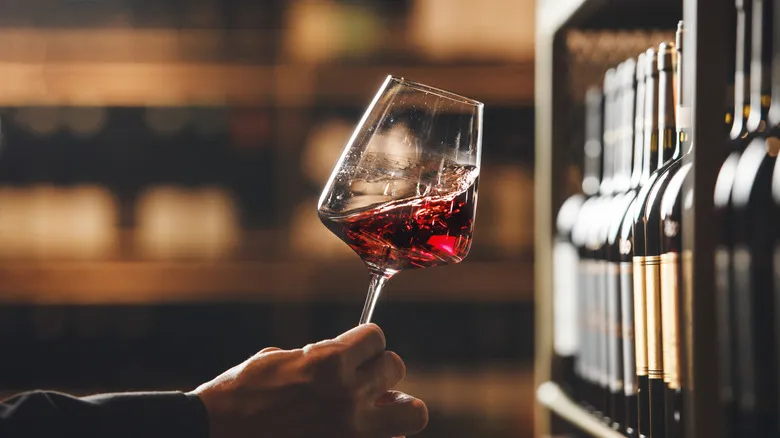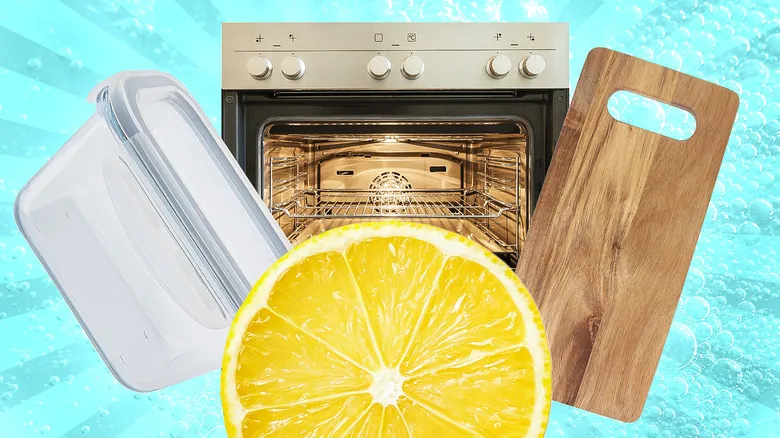The science behind the swirl
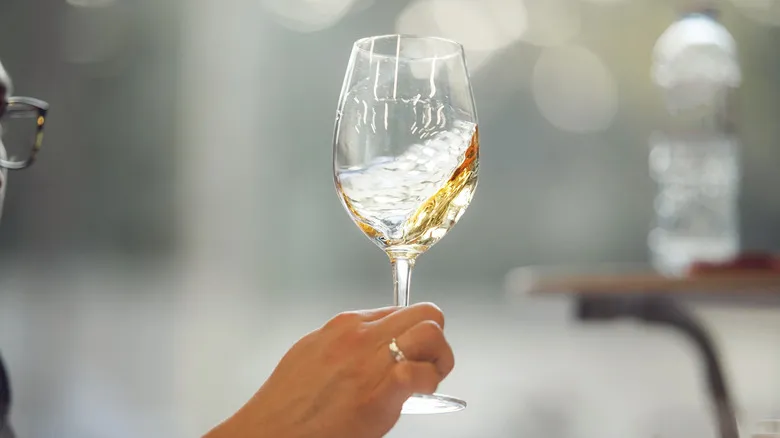
Swirling a glass of wine is designed to enhance your overall drinking experience and deepen your connection to the contents of the glass. While it's perfectly acceptable to take a quick sniff and dive right into sipping, savoring the wine can lead to a more unforgettable experience. One of the primary reasons for swirling is practical: it increases the wine's exposure to air, promoting oxygenation. This principle is similar to letting a bottle of wine breathe before pouring; it helps to mellow the flavors and release the aromas.
In addition to enhancing aroma and flavor, swirling allows you to better appreciate the wine's color and "legs." When the wine sits still at the bottom of the glass, its color often appears more concentrated and darker than it truly is. By swirling it along the glass's sides, you can more accurately observe its true hue. You'll also notice the "legs," which are the streaks that run down the inside of the glass after swirling. Contrary to popular belief, these streaks do not determine the wine's quality; rather, larger, slower-running streaks indicate higher alcohol content and a sweeter profile. Once you've mastered this wine-tasting technique, explore how to store wine properly and discover tips for selecting the ideal glassware.
Recommended
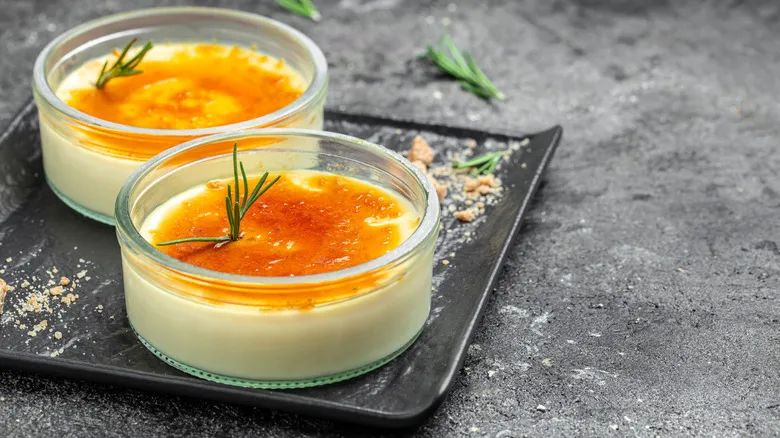
The Only Type Of Wine You Should Reach For To Pair With Crème Brûlée
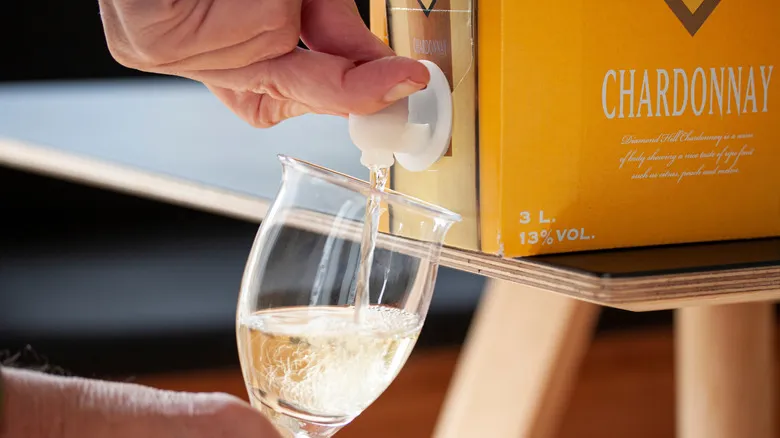
How Many Glasses Of Wine Can You Get Out Of One Box?

Bobby Flay's Go-To Wine To Sip In The Cooler Months Is A Rich Red

The Beer Trend We Should've Ignored According To Anthony Bourdain
Next up

